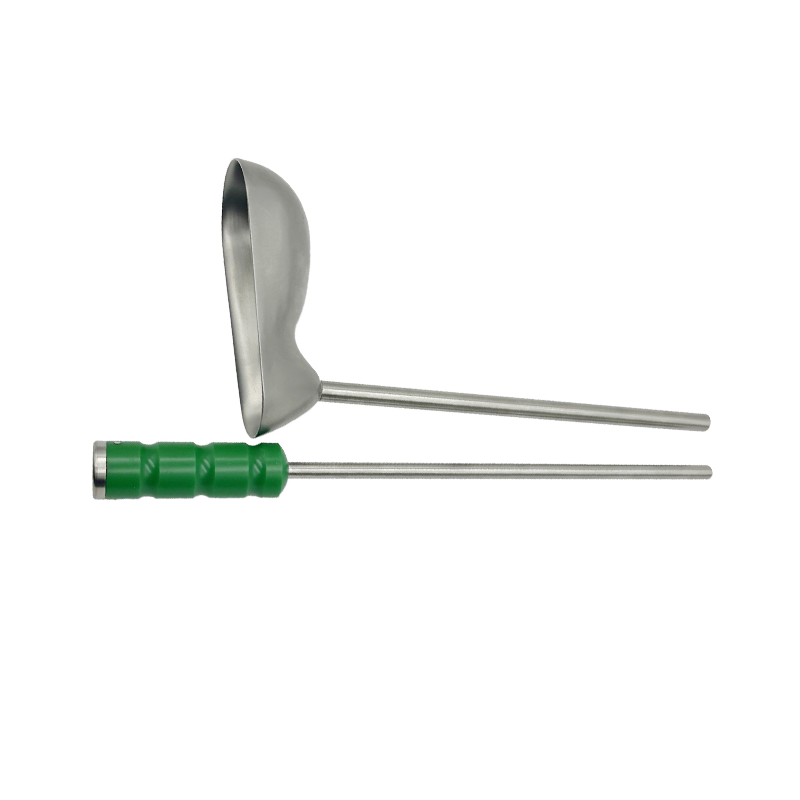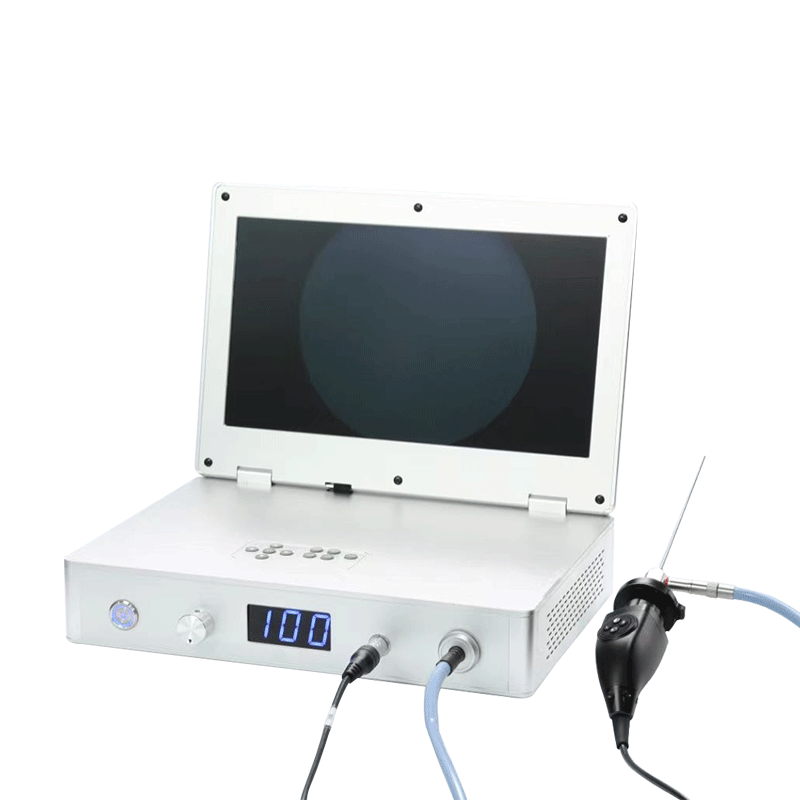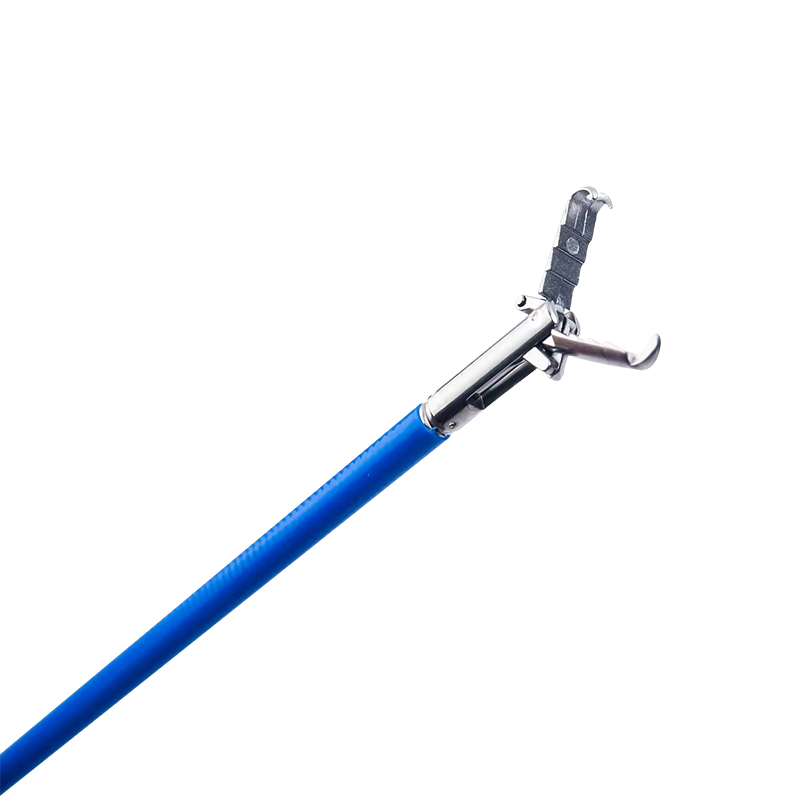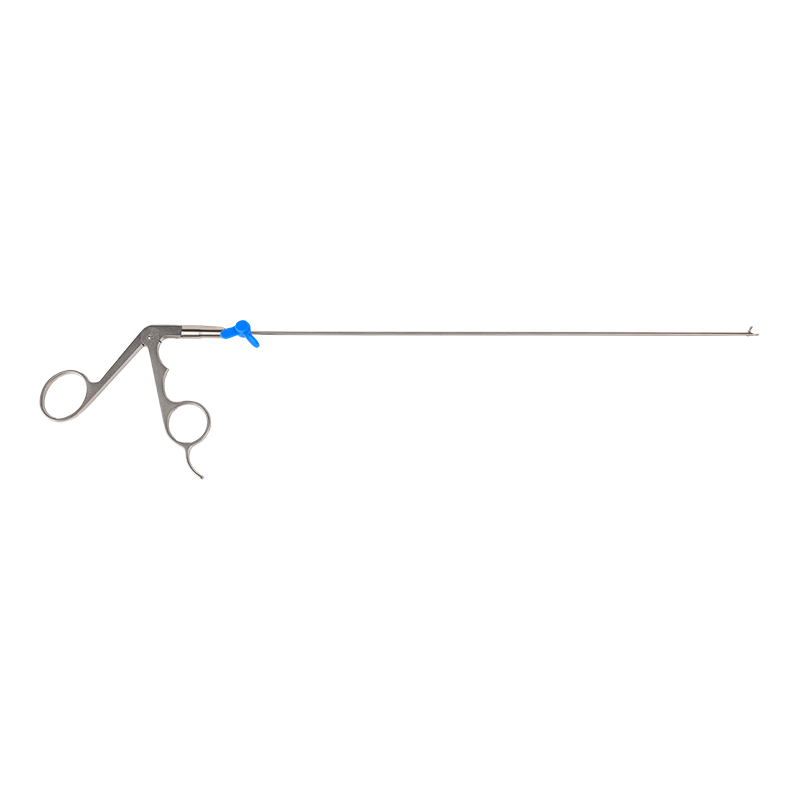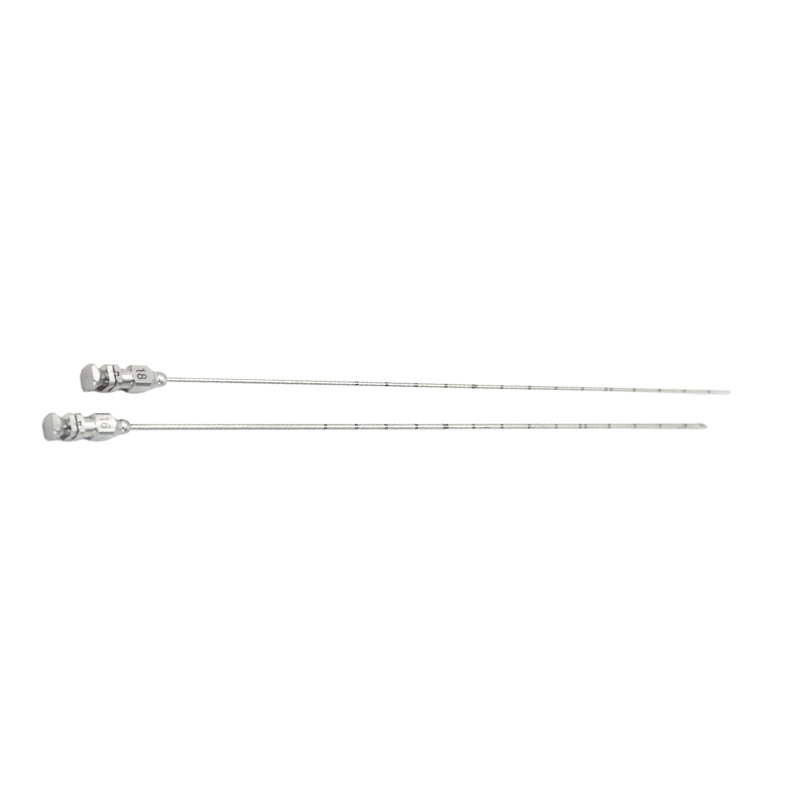The bone graft funnel is an indispensable tool in modern dentistry and orthopedic surgery. It's a simple yet highly effective device designed to simplify and improve the accuracy of bone grafting procedures, particularly in situations where access is limited or a small, precise amount of graft material is needed.
What is a Bone Graft Funnel?
A bone graft funnel is a small, funnel-shaped instrument typically made of sterile plastic or metal. Its design is straightforward: a wide opening at the top to receive the bone graft material, and a narrow, elongated spout at the bottom to deliver it directly to the surgical site. The spout's tip is often angled or curved to allow for better reach into tight spaces.
The material of the funnel is critical. Disposable, sterile plastic funnels are common for single-use applications to prevent cross-contamination. Reusable metal funnels are also available, which can be sterilized and used multiple times.
How Does it Work?
The primary function of the funnel is to ensure the controlled and targeted delivery of bone graft material. Instead of using a spatula or other instrument to painstakingly place individual granules, the surgeon can use the funnel to achieve a much cleaner and more efficient placement.
The process typically involves these steps:
-
Preparation: The surgical site is prepared, and the bone graft material (which can be autograft, allograft, xenograft, or a synthetic material) is loaded into a sterile container.
-
Loading the Funnel: The surgeon or an assistant uses a sterile instrument to scoop the bone graft material and place it into the wide opening of the funnel.
-
Targeted Delivery: The spout of the funnel is carefully positioned over the defect or area requiring augmentation. The surgeon then gently taps the funnel or uses a plunger-like device to guide the graft material through the spout and into the surgical site.
-
Compaction: Once the graft is delivered, other instruments are used to carefully compact the material to ensure a stable and dense graft bed.
Key Applications in Dentistry
The bone graft funnel is particularly prevalent in dental implantology and periodontics.
-
Sinus Lifts: In a sinus lift procedure, where the maxillary sinus floor is elevated to create space for an implant, the funnel is crucial. It allows the surgeon to precisely deliver bone graft material to the newly created subantral space without spilling it into the sinus cavity or surrounding tissues.
-
Socket Preservation: After a tooth extraction, a funnel can be used to fill the socket with graft material, preventing bone loss and preserving the ridge for future implant placement. This ensures there's enough bone to support an implant.
-
Periodontal Defects: For repairing deep periodontal defects around a tooth, the funnel can deliver graft material directly to the base of the defect, promoting new bone growth and improving the prognosis of the tooth.
Benefits of Using a Bone Graft Funnel
Using a bone graft funnel offers several significant advantages for both the surgeon and the patient:
-
Precision and Accuracy: The narrow spout allows for the precise placement of graft material, minimizing spillage and ensuring that the material goes exactly where it's needed. This is critical for achieving predictable surgical outcomes.
-
Efficiency: The funnel speeds up the grafting process, as it allows for the rapid delivery of a larger volume of material in a controlled manner. This reduces surgical time and patient chair time.
-
Reduced Contamination: By providing a direct path for the graft material, the funnel minimizes its exposure to the surrounding environment and other instruments, thereby lowering the risk of contamination.
-
Minimized Graft Loss: The funnel's design prevents the graft material from being scattered or lost during delivery, ensuring that the maximum amount of material is placed in the defect. This is particularly important with costly bone graft materials.
-
Access to Difficult-to-Reach Areas: The elongated and often angled spout of the funnel is designed to reach deep or narrow surgical sites that would be difficult to access with standard instruments.
In conclusion, while seemingly a simple device, the bone graft funnel is a testament to how specialized tools can dramatically improve the safety, efficiency, and predictability of complex surgical procedures. It ensures that the vital bone graft material is delivered with the utmost precision, setting the stage for successful osseointegration and long-term treatment success.

 English
English عربى
عربى Español
Español